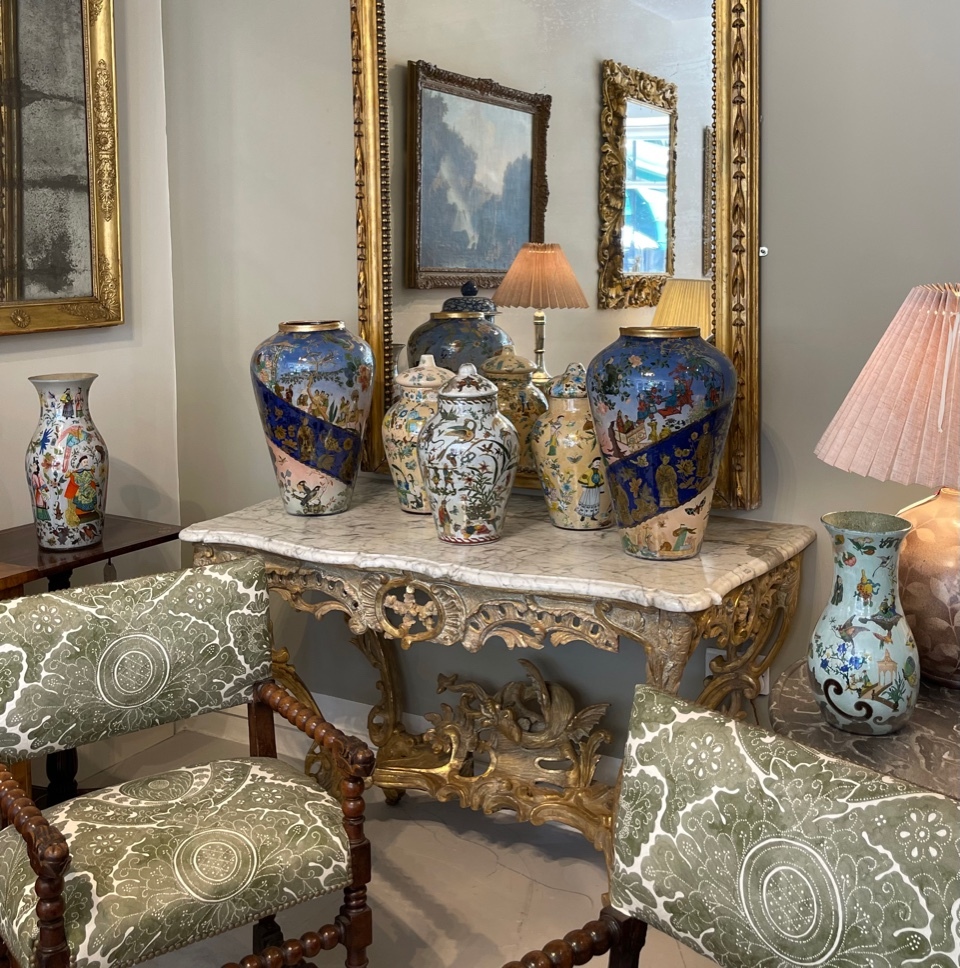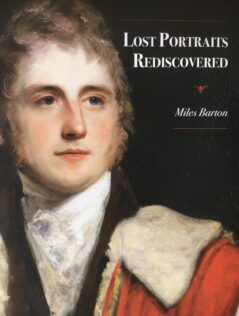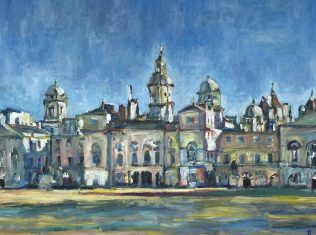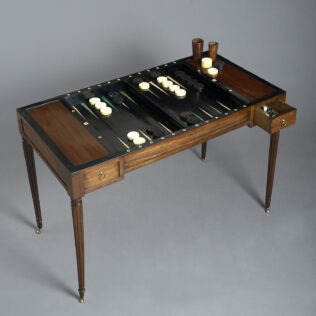Pictures
Decalcomania & The Chinoiserie Taste
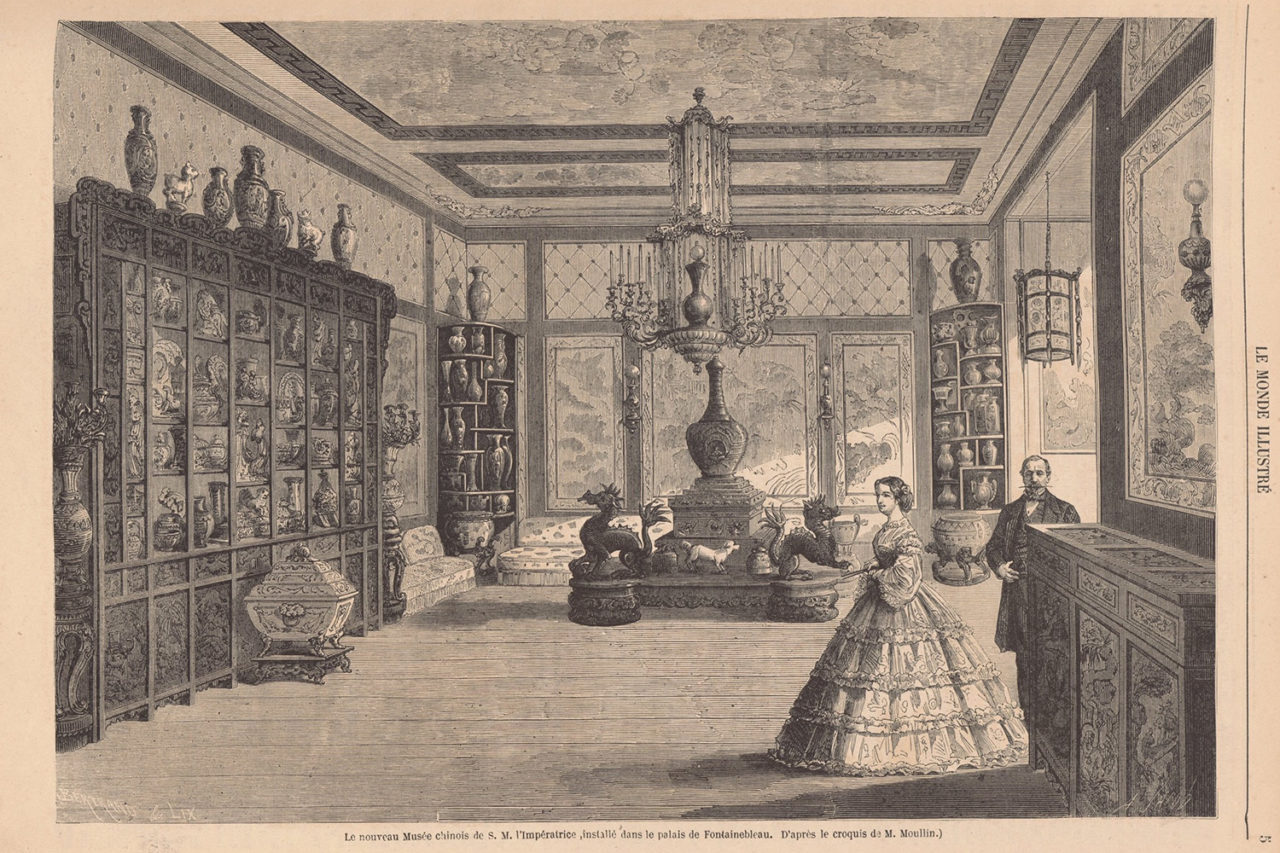
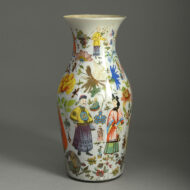
Decalcomania is a suitable medium for chinoiserie decoration. The ‘chinoiserie’ style is a European take on the Far East: an exotic mishmash of imagined Chinese, Japanese and Indian motifs: for the mysterious Orient has always held a romantic appeal. Trade with the East developed in the late 17th century and became fully established in the 18th. The Canton System allowed the various European East India Companies access to Chinese markets in a designated area focused on the Southern Chinese port of Canton. And with the increased influx of Chinese goods, European craftsmen began to imitate supposedly Oriental styles.
Chinese pagodas, fabulous birds, mythical beasts, exotic flowers, insects and plants took pride of place in the new and fashionable chinoiserie style.
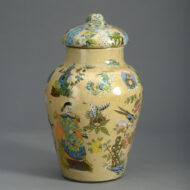
A second chinoiserie wave swept France in the mid-19th century. Interestingly, the description ‘chinoiserie’ first appears in Balzac‘s novel, L’Interdiction in 1836. Under the Second Empire of Napoleon III (1852-1870), a vogue for all things Chinese takes hold. Obsessed with Marie Antoinette and the late 18th century Louis XVI style, the Empress Eugenie– undoubted leader of the beau-monde- fell under the spell of the chinoiserie taste. Le Monde’s popular print of the time (1863) shows Eugenie’s new Chinese Museum at Fontainebleau, including a substantial collection of Chinese vases on display. And where the Empress led, fashionable Europe followed.
Today, decalcomania vases are sought after by collectors, connoisseurs and interior designers. The late American interior decorator, Mario Buatta, was a fan. Timothy Langston Fine Art and Antiques is delighted to offer a selection of fine decalcomania vases for sale. Produced in France during the mid-19th century, they feature a charming interpretation of Chinese life: decorated with exotic flowers, foliage, fabulous birds and butterflies in flight – the delicate greens, yellows and pinks offset against background washes in subtle off-white: a sophisticated addition to an elegant interior.

